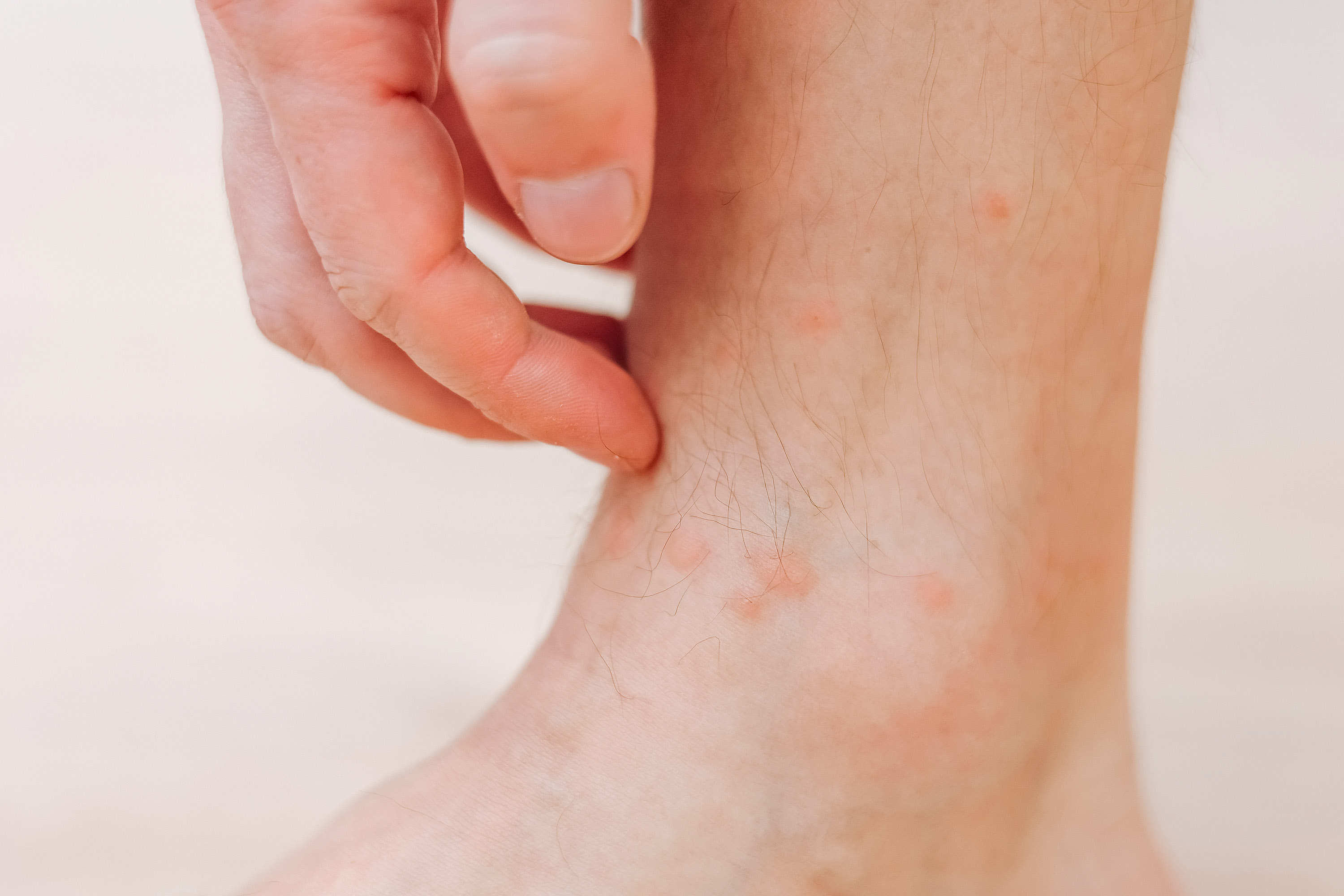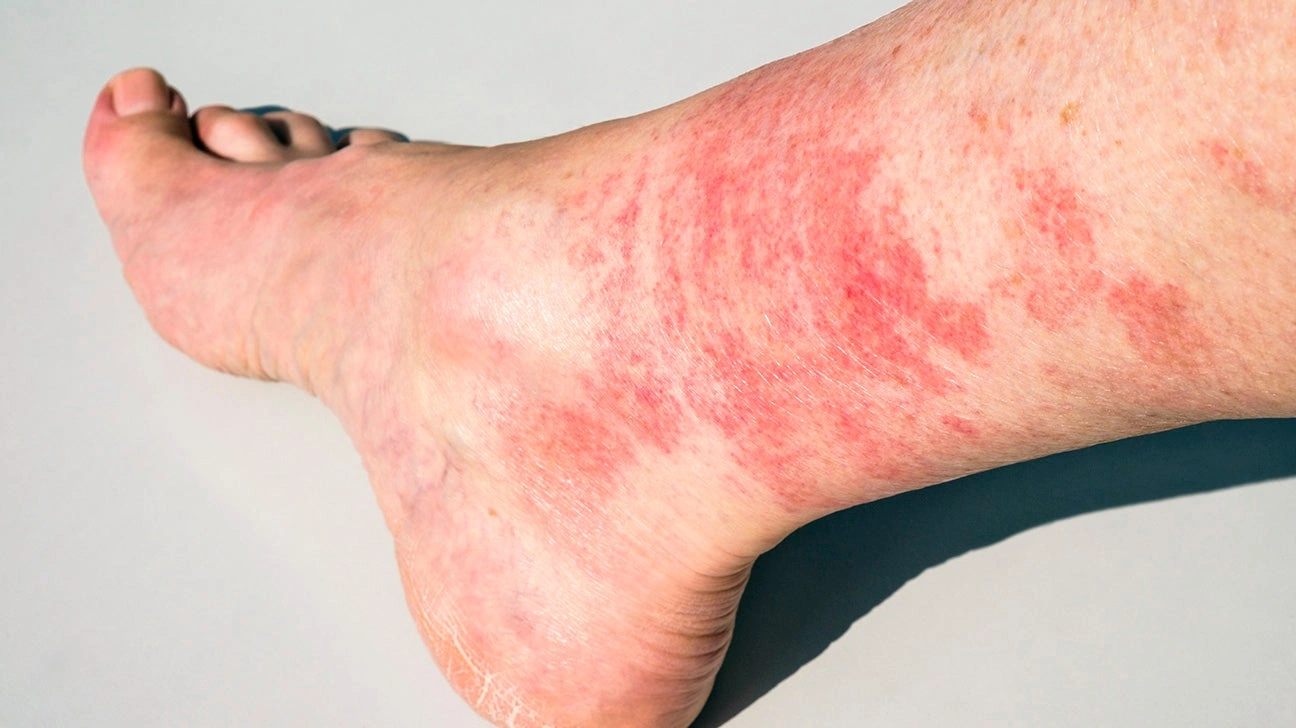Why Are My Ankles Red?
Most people don’t realize it, but that red skin on legs above ankles? It’s not always just a harmless flush from hot weather or a pair of new socks. And if you’re anything like me (forever googling weird symptoms at 2 AM), you know the panic that sets in when your body throws you a curveball. Maybe you take your shoes off and—bam—there’s pink, blotchy, sometimes angry-looking skin staring up at you. What gives?
The truth is: a ton of us get this at some point, especially if you’re on your feet a lot, over 50, or just have… well, bad luck with veins. But hey, you’re not alone—and let’s dive into what your legs might be trying to tell you.

First Clues: Flush, Itch, Scales… Uh-Oh?
Let’s set the scene. You’re standing in the kitchen, maybe still wearing yesterday’s socks, when you notice a weird red patch running above your ankle. Could be both legs. Could be just one. Sometimes there’s some swelling, a bit of itch, or maybe a dry, scaly look. Sound familiar?
I’ve watched my own aunt go from “just a bit tired” to a full-on case of red skin on legs above ankles after a day of gardening marathons. She swore it was bug bites at first—turns out it was something called stasis dermatitis, which basically means your blood isn’t happy about the commute back up to your heart. (Thanks, gravity and aging veins…)
What Is Stasis Dermatitis, Really?
This is the major culprit for red skin on legs above ankles in adults. Stasis dermatitis happens mostly when veins in your legs kind of… give up. Instead of keeping the blood moving back up (against gravity, which is hard work!), some blood pools just above the ankles. More pressure, more swelling, more inflammation. And what do you know—a rash shows up red skin on legs above ankles and refuses to leave according to the Cleveland Clinic.
What does it look like? For many, it starts with red or even brownish patches—sometimes itchy, dry, or with a scaly edge. Some folks get sores that take forever to heal. In more severe cases, the skin can go shiny and thin, or even develop oozing ulcers that need special attention Red rash on lower legs above ankles pictures are super helpful to double-check what you’re dealing with.
Mini Table: Is It You?
| Sign | How It Feels/Looks |
|---|---|
| Swelling | Feels heavy or tight—worse end of the day |
| Red/Brown Patches | Usually above the ankles, sometimes itchy |
| Dry, Scaly Skin | Like rough patches, can crack |
| Shiny or Thin Skin | Starts to look delicate; might break open |
Spoiler alert: If this sounds like your legs, you’re definitely not alone. Even my super-fit running buddy got it after a few months sidelined with an ankle injury. Too much sitting + less movement = cranky veins.
Could Something Else Be Making It Red?
Because, of course, it’s never that simple. When you see red skin on legs above ankles, you might also be dealing with:
- Cellulitis—a quick-moving skin infection (usually painful, hot, and one-sided, often with fever or flu-ish feelings) according to Legs Matter
- Varicose Eczema—dry, flaky, sometimes discolored skin, especially with visible varicose veins says the NHS
- Edema (fluid buildup)—sometimes from kidney or heart issues, not just old socks!
- Disney Rash—yes, it’s a thing! Popped up after I walked 30,000 steps at a theme park. It’s also called exercise-induced vasculitis: blotchy, red, and super common in folks standing or walking a lot in heat thanks, WebMD.
Even among doctors, there’s some head-scratching when it comes to recurring red skin on the legs. Sometimes your history matters: varicose veins, blood clots, high blood pressure, obesity, or a long stint on the couch during an injury all make it more likely according to Mount Sinai.
Bottom line? Don’t ignore it, but don’t panic. Get curious. Ask yourself:
- Is it hot or painful?
- Do I have fever or chills?
- Is it itchy, flaky, or oozing?
- Both legs or just one?
- Did it start after a long walk, injury, or travel?
Personal Stories: Real-Life Redness
If you’ll let me share: my neighbor, Carl, who’s a warehouse worker, came over worried about “red rash on lower legs above ankles pictures.” His redness was super mild—no fever, not spreading, just looked odd after a week on the job during Christmas delivery season. Turns out, just some classic stasis dermatitis! He got on a plan with his doc; simple steps made a huge difference (plus, he loved having an excuse to put his feet up during movie night).
Why Is This Happening To Me?
Don’t you just hate when your body does this random stuff? One week everything is fine, the next your ankles are starring in their own medical episode. Truth is, our veins are designed for hustle… When our legs get too cozy (sitting or standing for too long), valves inside those veins get a bit lazy or overwhelmed. Blood pools. Pressure builds. The skin says, “Nope. Not today.”
Top Culprits: Everyday & Sneaky Causes
- Being on your feet all day (nurses, teachers, retail—shout out to all!)
- Long road trips or flights (sitting = enemy of happy veins)
- Salty snacks or processed foods (sodium means your body holds onto more water)
- Weight gain or pregnancy (extra pressure below the knees)
- History of blood clots, injuries, or even surgery on the legs
Some folks—especially women, and especially after multiple pregnancies—seem to get hit harder. And let’s be honest, the aging process is never fair, but it’s a notorious trigger for stasis dermatitis and other vein troubles according to the National Eczema Association.
Do Your Legs Send Hidden Signals?
Here’s a friendly nudge: red skin on legs above ankles isn’t always just a skin thing. Sometimes it’s the first clue that your circulation is in need of a boost, or that other conditions (heart problems, diabetes, kidney or liver issues) might be poking around. Especially if the swelling and redness stick around, or keep getting worse, don’t just “wait and see.”
For a visual gut-check, compare your skin with examples from Red rash on lower legs above ankles pictures. Sometimes seeing is believing!
Small Fixes, Big Relief: How To Soothe Your Skin
So… what now? If you’re like me, you want answers and action. Let’s get some relief for those irritated legs—no need for complicated regimens or scary treatments right off the bat.
Quick Home Ideas That Actually Work
- Elevate Your Legs: Yep, pop them up so they’re above your heart. Cushions, the wall, stack of laundry—it all counts.
- Compression Stockings: Sounds daft, but they work wonders for blood flow. Please trust me: they’re not only for grandma at bingo. Nurses, runners, athletes swear by them.
- Take Walks, Move Around: Every hour, stand up or stretch. Flex your ankles, roll in circles, or march on the spot—you get extra steps, too.
- Moisturize: Dry, scaly skin benefits from daily lotion. Unscented creams are best… and it feels nice.
- Cut That Salt: Salty foods = extra fluid = more swelling. Your ankles will thank you.
For more down-to-earth suggestions, check out this guide on red skin on legs above ankles for tips that real people use—and have actually found helpful.
When To Phone The Pros
Okay, here comes my “friend who worries a little too much” vibe… But seriously, call your doctor if:
- The redness is spreading or hot to touch
- You have fever, chills, or feel “off”
- It hurts—really hurts
- There’s an open sore, blister, or odd smell
- The rash covers a huge area or gets worse fast
Early help means faster fixes and way less drama. As seen on Mount Sinai’s dermatology team, the first steps usually include checking circulation, looking for infection, and figuring out if things like compression, elevation, or special skincare are enough—or if you need extra help, like medicine.
“Disney Rash”—A Quick Anecdote
I once hobbled off a three-day theme park trip with what looked like red leopard print above my socks. Turns out? Not an allergic reaction, but the infamous “Disney rash”—a quirky name for exercise-induced vasculitis. If you’ve done a marathon day on your feet (or in the sun), don’t panic. Mine disappeared in a week with rest, hydration, and, you guessed it—feet up on the couch. It pays to know what Red rash on lower legs above ankles pictures look like, so you’re not side-eyeing every spot.
This Isn’t The End: You’ve Got This
Let’s be honest—red skin on legs above ankles is super common, a little annoying, and usually a sign you need to give your veins / skin a little extra love. Remember, most cases come from stasis dermatitis or varicose eczema, and the story often goes like this: blood pools, skin gets red, sometimes itchy or swollen, and you feel worried (because, who wouldn’t?). But with short walks, shoes off on the sofa, and sensible socks, you can dodge the worst. Sure, talk to your doctor if anything feels “off” or the redness spreads, but don’t fret alone.
Here’s the best part—you don’t have to figure this out solo. There’s a wealth of real-world photos, advice, and honestly… solidarity out there. If you’re still not sure what you’re looking at, or want to see how others handled it, your answer might be a search away (try: red skin on legs above ankles or Red rash on lower legs above ankles pictures). And if you’ve got a story or home-grown remedy? Share it. Your experience could help someone else standing in the same spot… probably barefoot and a little worried… just like you and me.
So—what will you try first? Feet up, moisturizer, a little stroll? Your legs (and your future self) are already cheering you on. Don’t let those ankles boss you around. You’ve got this, one step at a time.


















Leave a Reply
You must be logged in to post a comment.